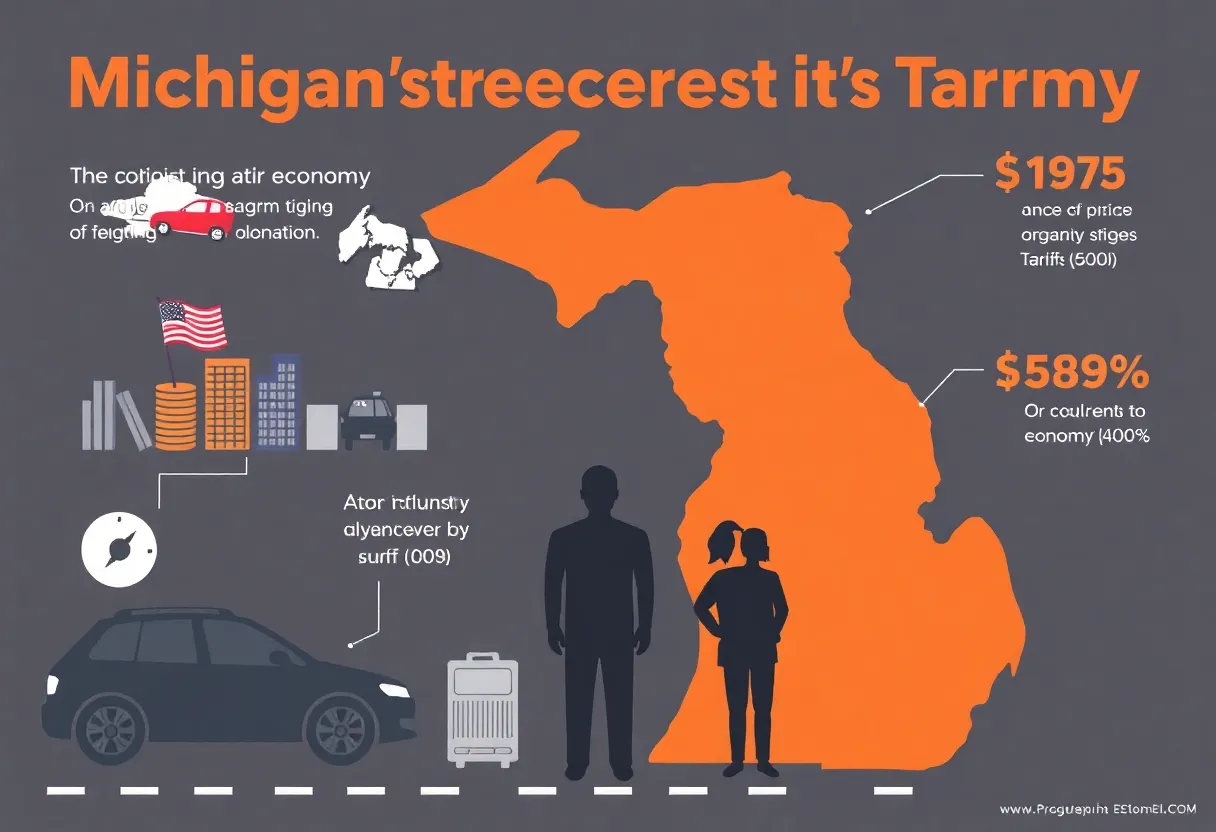How to Build a Powerful Referral Program That Drives Sales Through Word-of-Mouth Marketing
Referral programs are vital for any business aiming to increase sales and cultivate customer loyalty. These programs leverage the natural tendency of satisfied customers to recommend products to their friends and family. With the right structure and incentives, you can create a referral program that not only attracts new customers but also enhances your brand’s reputation. This article outlines the essential steps to develop an effective referral program that drives sales through word-of-mouth marketing.
Understanding the Basics of a Referral Program
A referral program is a structured strategy for encouraging current customers to refer new clients to a business. Typically, this involves incentivizing the referrer and the new customer, which leads to a win-win situation for both parties. To achieve desired results, it’s essential to understand what motivates customers to participate.
The Importance of Word-of-Mouth Marketing
Word-of-mouth marketing is one of the most powerful forms of advertising. Customers trust personal recommendations over traditional advertisements. In fact, studies indicate that nearly 92% of consumers are more likely to trust recommendations from friends and family than any other source. This trust significantly enhances the likelihood of making a purchase.
Key Components of a Successful Referral Program
When developing a referral program, consider the following components:
1. Clear Objectives
Establish clear goals for your referral program. Determine how many new customers you want to acquire, what percentage of sales growth you aim for, and what metrics will define success. Having specific, measurable objectives will help you assess the effectiveness of your program.
2. Attractive Incentives
To encourage participation, provide compelling incentives. Rewards can include discounts, freebies, cash bonuses, or loyalty points. Ensure that both the referrer and the new customer benefit from the referral, as this motivates additional sharing.
3. Easy Referral Process
Simplicity is key. The referral process should be straightforward for customers. Implement a seamless online system where customers can easily share their referral links via email, social media, or text messages. The more effortless the process, the higher the participation rate.
4. Engaging Promotions
Create engaging campaigns to promote your referral program. Use eye-catching graphics and clear messaging that emphasizes the benefits of participating. Make sure to run your promotions through multiple channels, including email marketing, social media, and your website.
Designing Your Referral Program
Now that you understand the key components, it’s time to design your referral program. Here’s how:
1. Identify Your Target Audience
Begin by identifying the ideal customers who fit your target market. Understand their preferences, behaviors, and motivations. Tailor your program to align with their values and expectations, ensuring maximum engagement.
2. Choose the Right Technology
Utilize technology to streamline the referral process. Consider using software that tracks referrals, manages payouts, and provides analytics. Solutions vary from simple spreadsheets to comprehensive referral marketing platforms, depending on your business needs.
3. Monitor and Optimize
Once your program is live, continuously monitor its performance. Use analytics to track referral conversion rates, the effectiveness of incentives, and customer satisfaction. Gather feedback to enhance and optimize the program, ensuring it remains effective over time.
Effective Communication Strategies
Communicating your referral program’s value is instrumental to its success. Here are strategies to effectively communicate with your audience:
1. Utilize Social Proof
Incorporate testimonials and case studies from satisfied customers into your promotional materials. Showcasing real-life experiences builds credibility and encourages new customers to trust your brand.
2. Leverage Email Marketing
Email marketing is an effective tool for promoting your referral program. Send targeted messages highlighting the benefits of the program and how customers can participate. Personalized messages can increase engagement rates.
3. Engage on Social Media
Take advantage of social media platforms to promote your referral program. Create engaging posts, stories, and videos that encourage followers to share their experiences and take part in the referral program.
Measuring Success
Once your referral program is operational, it’s vital to measure its success. Here are key metrics to consider:
1. Referral Rate
Track the number of referrals generated during a specific period. A high referral rate indicates your program is effective.
2. Conversion Rate
Measure the percentage of referred leads that convert into paying customers. This metric helps assess how persuasive your program is.
3. Customer Lifetime Value (CLV)
Evaluate the lifetime value of customers acquired through referrals. If these customers have a higher CLV compared to others, it means your referral program is successfully attracting valuable clients.
4. Return on Investment (ROI)
Calculate the program’s ROI by comparing the costs of running the program against the revenue generated from new customers. This financial perspective indicates whether your referral program is worth the investment.
Best Practices for Sustaining Your Referral Program
To ensure the long-term success of your referral program, implement these best practices:
1. Maintain Regular Communication
Keep your audience informed about any changes or updates to the referral program. Regular communication helps sustain interest and participation levels.
2. Refresh Incentives Periodically
Over time, customers may become desensitized to original incentives. Refresh your reward structure or introduce new limited-time incentives to reignite enthusiasm among participants.
3. Encourage Customer Feedback
Solicit feedback from participants regarding their experience with the referral program. This insight allows for continuous improvement and can reveal areas that may require adjustments.
4. Celebrate Successes
Recognize and celebrate successful referrers publicly, whether through social media shoutouts or thank-you emails. Celebrating their efforts reinforces positive behaviors and encourages participation from others.
Conclusion
Building a powerful referral program is a strategic move for any business seeking to enhance sales through word-of-mouth marketing. By understanding customer motivations, designing a user-friendly program, and consistently monitoring performance, businesses can create lasting relationships with existing customers while attracting new ones. Investing time and resources into a well-structured referral program can ultimately lead to sustainable growth and enhanced brand loyalty.
Implement these strategies and watch as your referral program flourishes, driving sales and boosting your business’s visibility in the market.








